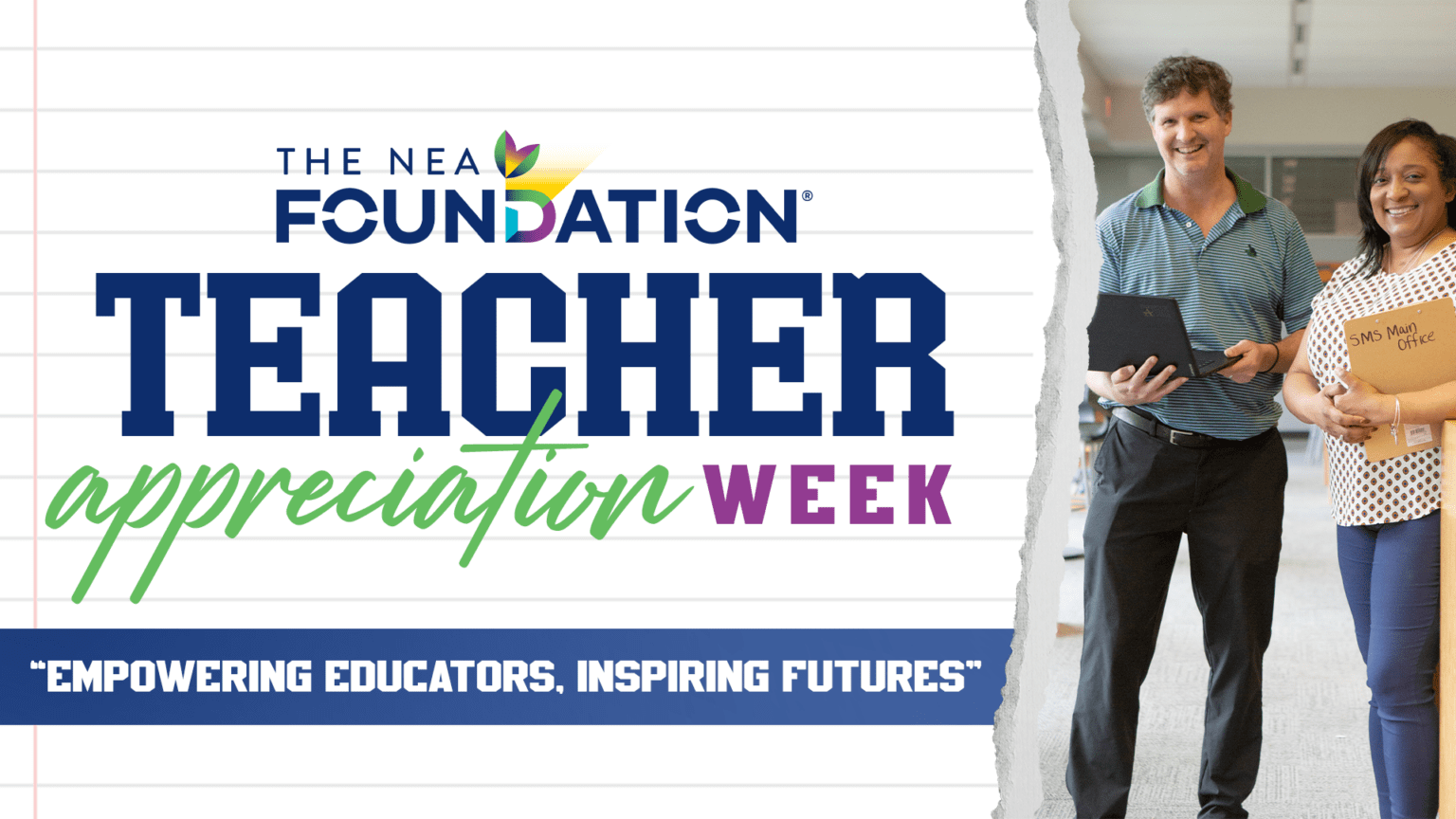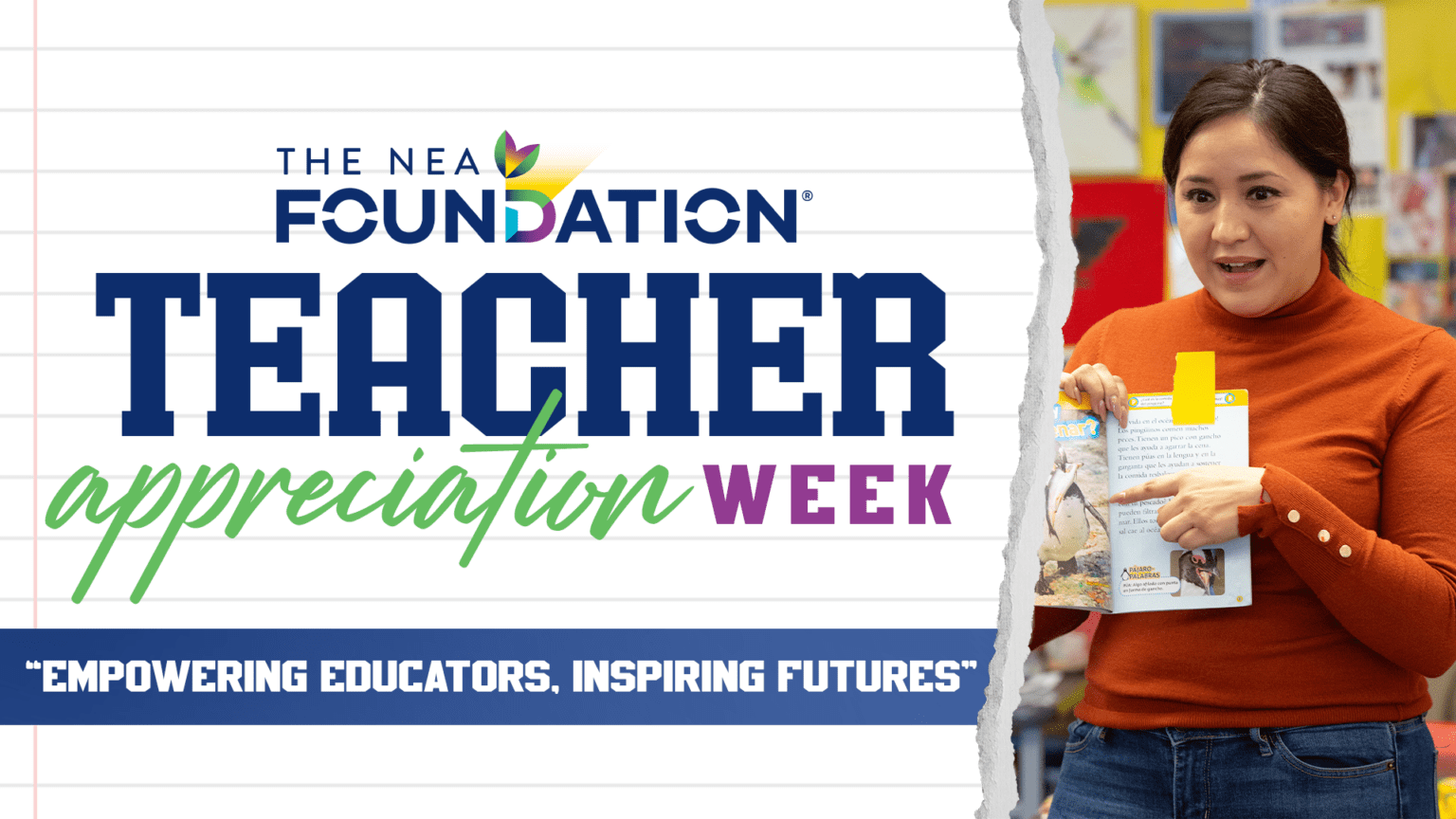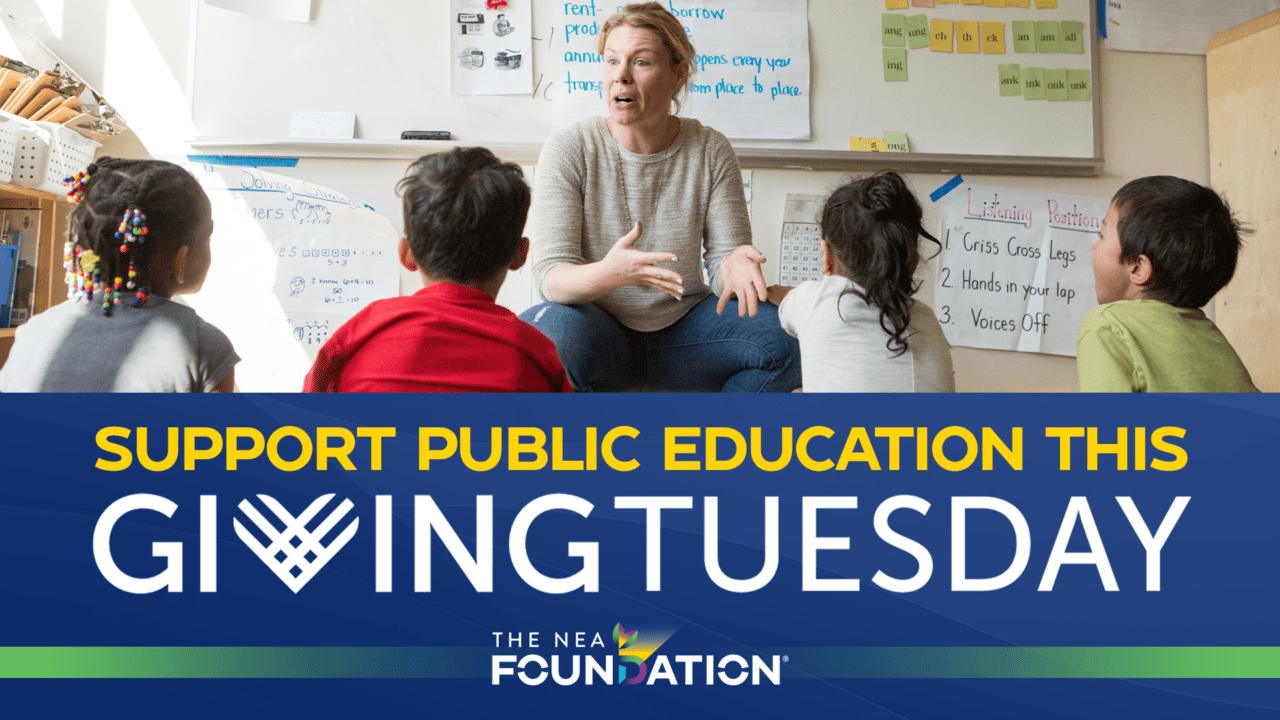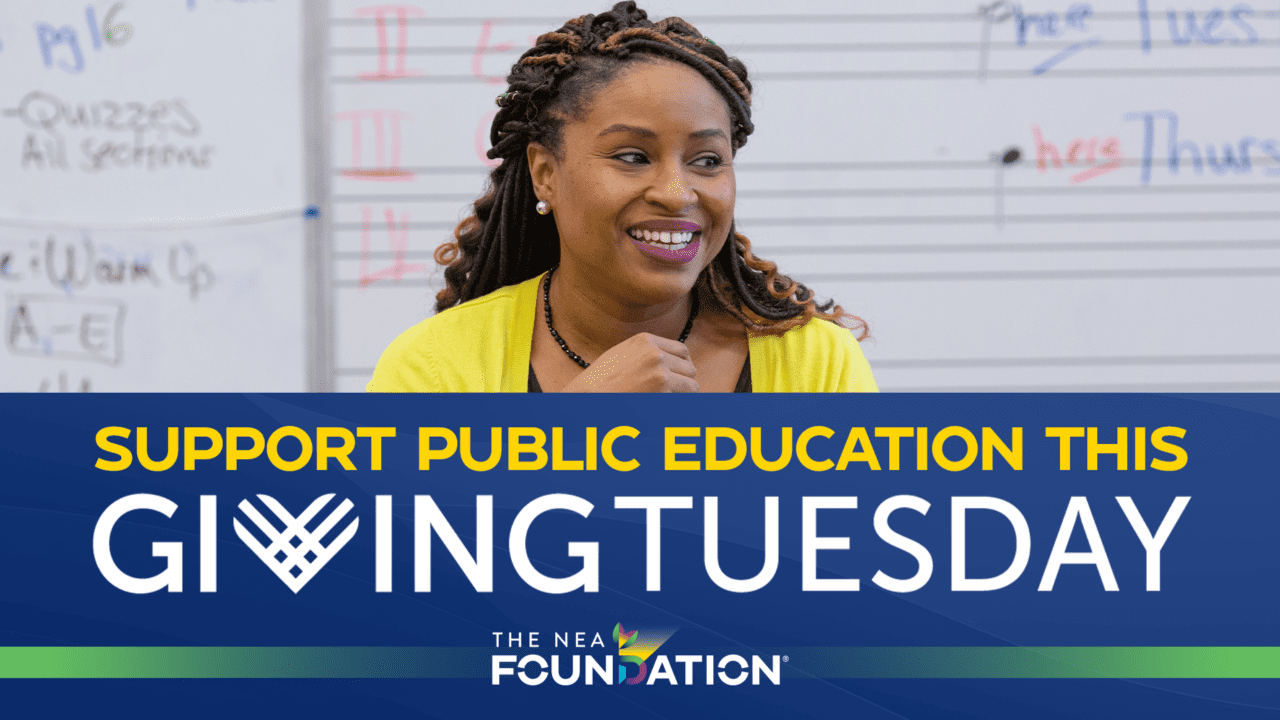
By Barb Whitman
2017 NEA Foundation Global Learning Fellow and Executive Director
Ogden Weber UniServ Education Association

In February, Barb Whitman, a UniServ Executive Director from Utah, and 38 other educators from across the country, who make up the NEA Foundation’s Global Learning Fellows for 2017, met face-to-face for the first time during a two-day workshop hosted by the NEA Foundation in Washington, D.C. The workshop comes as part of a year-long professional development experience to help educators build their global competency skills. In June, Whitman and the other Global Learning Fellows will travel to China to visit schools and cultural sites and engage with other educators in the country. She shares what she’s learned so far below.
This year, I am excited to be one of 39 Fellows who will be engaged in this learning journey, to include an international field study in June to Beijing and Xi’an, China. While in China, we will have the opportunity to visit schools and see first-hand what the teaching experience looks like in another country. As educators, we need opportunities like the NEA Foundation Global Learning Fellowship. It is important for teachers to first be equipped with the knowledge, skills, and disposition needed to prepare students for the global age. The longer I have been teaching, the more diverse my students have become. I often struggled to find the right materials to help the transfer of information to students who did not speak English. Educational materials are often available in Spanish, but can be quite difficult to find in languages that are not as commonly used in the United States.
In my last few years as a teacher, I have had many refugee students in my class – more often than not, they did not speak English. This language barrier was a challenge at first, but it was one that I could overcome. I realized that it is my job to educate all students and meet them where they are. My interactions with these students made me wonder if I was providing culturally – conscious curriculum and activities in my classroom.
One of the students in my class who did not speak English was a refugee from Congo. His village had been burned down by rebels when he was just six years old. This forced him to flee the village. He was only accompanied by his 11-year-old brother. The two wandered for many years with nowhere to live. Eventually, he was found by Red Cross and brought to a refugee camp. From there, he was sent to live in Utah. He didn’t speak English and I was expected to teach him math!
In our time together, he taught me more than I taught him. Through experiential learning, he taught me that anyone could learn and master skills regardless of barriers. He also provided many teachable moments for our class. He taught our class about “staying in the struggle.” His classmates, even those with very little, came to appreciate just how much they did have and were able to put their own struggles in a new perspective. All our lenses changed after having the privilege of having him in our class.
Another of my refugee students was from the Ivory Coast. He was in my regular education math intervention class because of language barriers. Even though he spoke 5 languages, he had not yet learned English. Having him in my class showed me the huge hole I had in my lesson plans – cultural connections. This student helped me grow, stay in the struggle, and push my lessons beyond what I had previously done.
One day, he stayed in after school tutoring with me because he was confused about why I kept having him change his comma to a decimal point. Decimal points and commas in math have a very different result. We were at a standstill- I finally found a bilingual teacher who was able to help with some translation. Where he went to school they use a comma like we use a decimal. Easy fix- I had to fix my understanding. I was the one who needed to adjust, not him.
As teachers we have these moments often, but do we realize they are a result of culture? This challenges us as teachers. Are we culturally aware? Are we tying cultural experiences into our curriculum? Are we using cross-curricular methods to teach?
All students need to be valued and exposed to different points of view. This helps all of us in communicating with other who are different from us and exposing students to reaching outside of their own limits. What you may value may not drive students who do not value the same things.
What can you do to promote global competency in your classroom? You can use these types of experiences as a catalyst in your classroom to promote group discussion and growth in these areas.
Listed below are some ways that can help you teach conceptual thinking while promoting global awareness in your classroom. This information is based on Participate Learning Modules, which I have been participating in, along with teachers across the country, to improve global awareness in our teaching.
What are some strategies that you can use to encourage your students’ development of global perspectives and citizenship?
1. Be explicit. Clearly identify your focus concept, as well as any global connections you want to emphasize in a lesson. You can visit GlobalIssues.org or UN.org to get ideas for global competency topics. Also consider why you want to focus on that topic.
2. Relate the concepts to your local community. It has been proven that students learn best through personal experience and discovery. Allowing students to manipulate and explore content promotes deeper levels of thinking and analysis such as effective reasoning, critical thinking and problem solving. For instance, ask the students how your focus concept is reflected in your own country, state, or region.
3. Use summarizing strategies regularly. As you move on to new global concepts, make sure to refer back to other global concepts you have already covered with your students. For example, gather students in groups and give them key terms relevant to each concept written on notecards. Prompt them to develop as many statements connecting the concepts together as they can.
4. Solve problems related to the concept. In your lessons, you will find culminating projects that challenge students to both raise awareness and come up with creative solutions to some of the world’s most difficult issues.
The NEA Foundation Global Learning Fellowship also supports educators as they build global lesson plans that are shared with educators around the world. Looking for some lesson plans you can use to bring these global ideas to your classroom? Take a look at the lesson plans posted by past Fellows. Then visit the NEA Foundation website to apply for educational grant opportunities.












